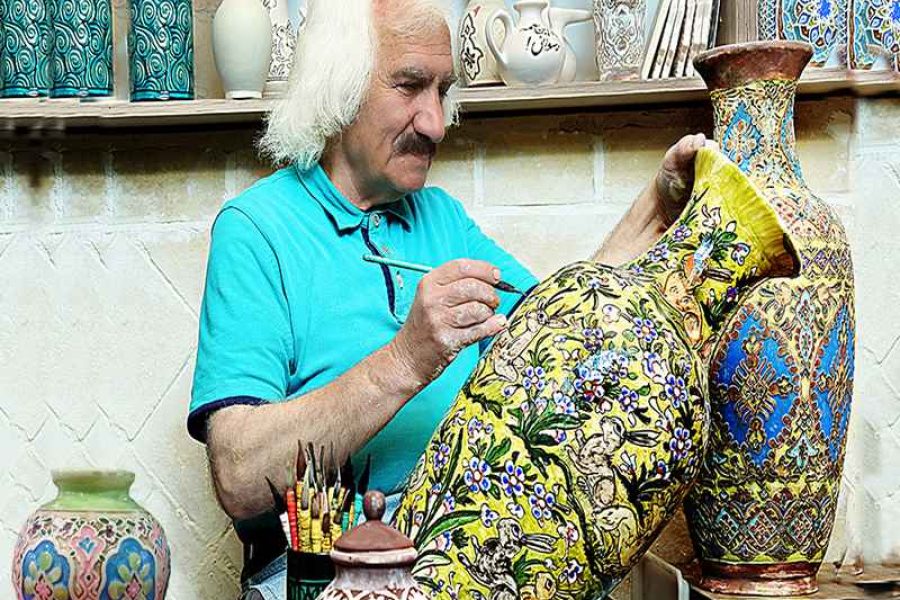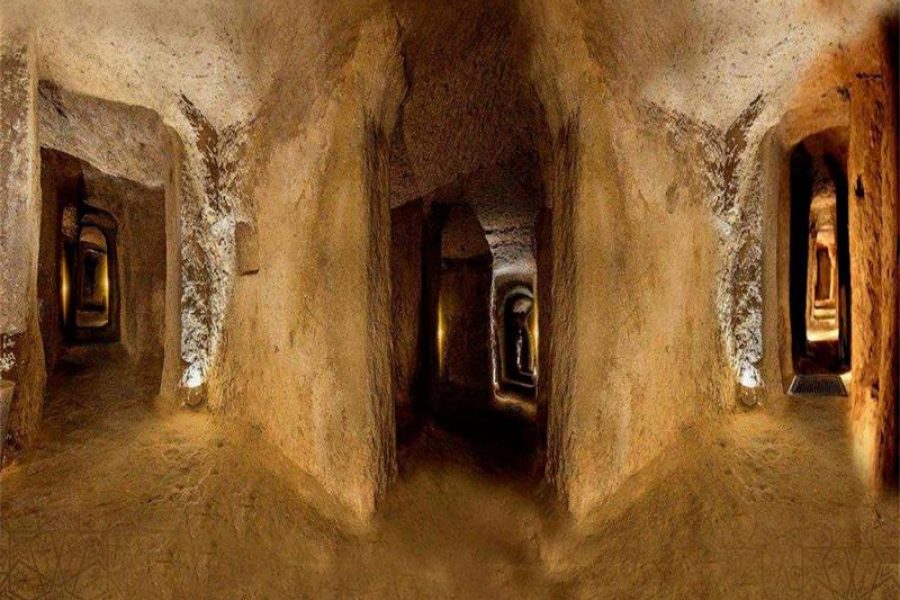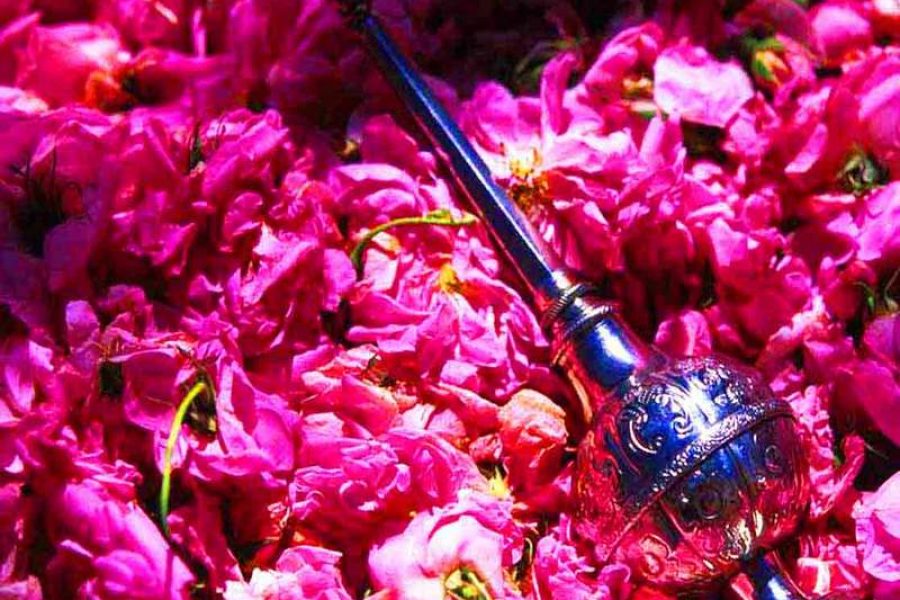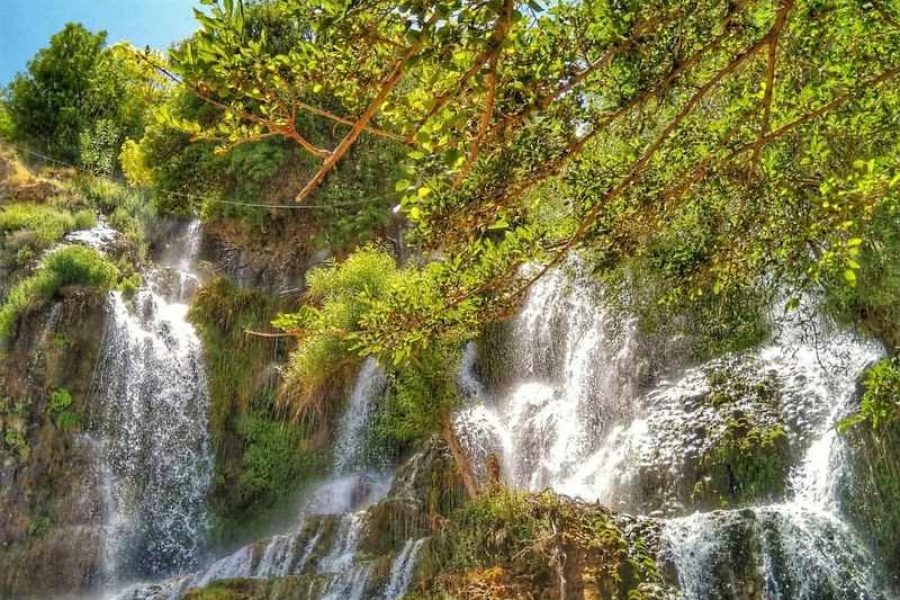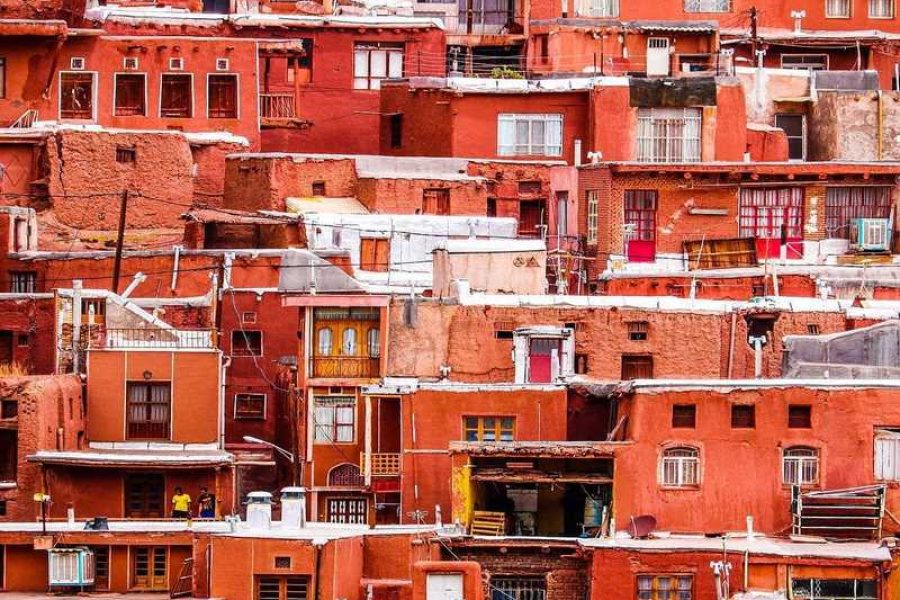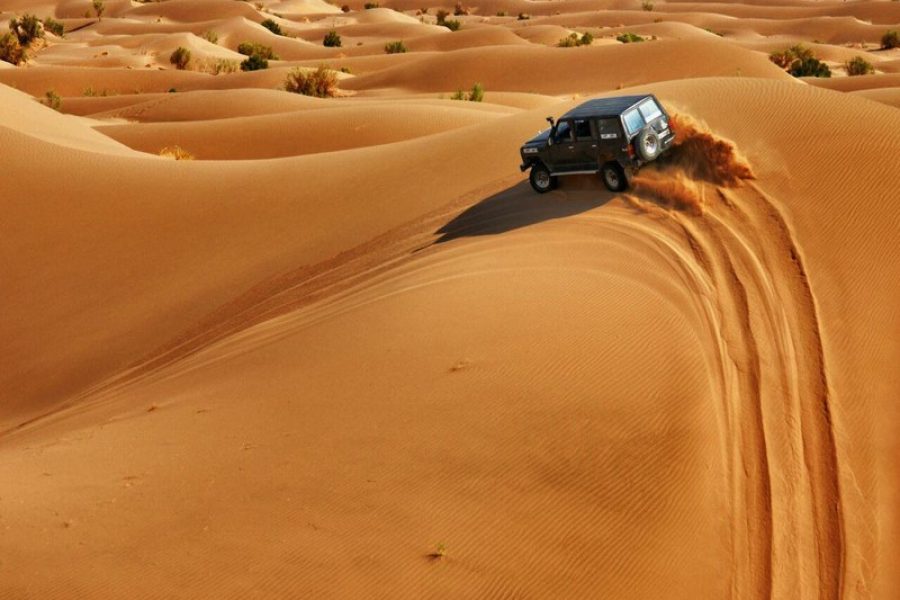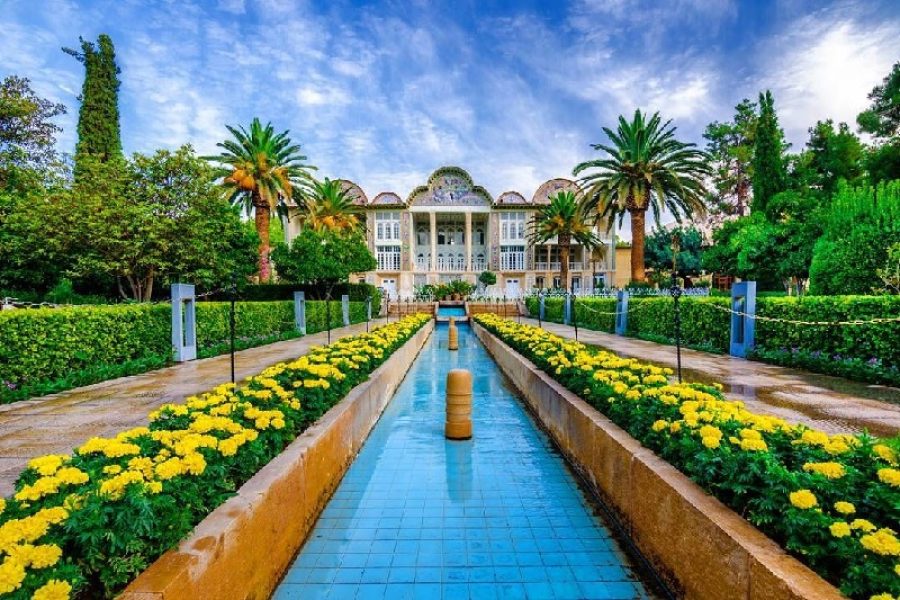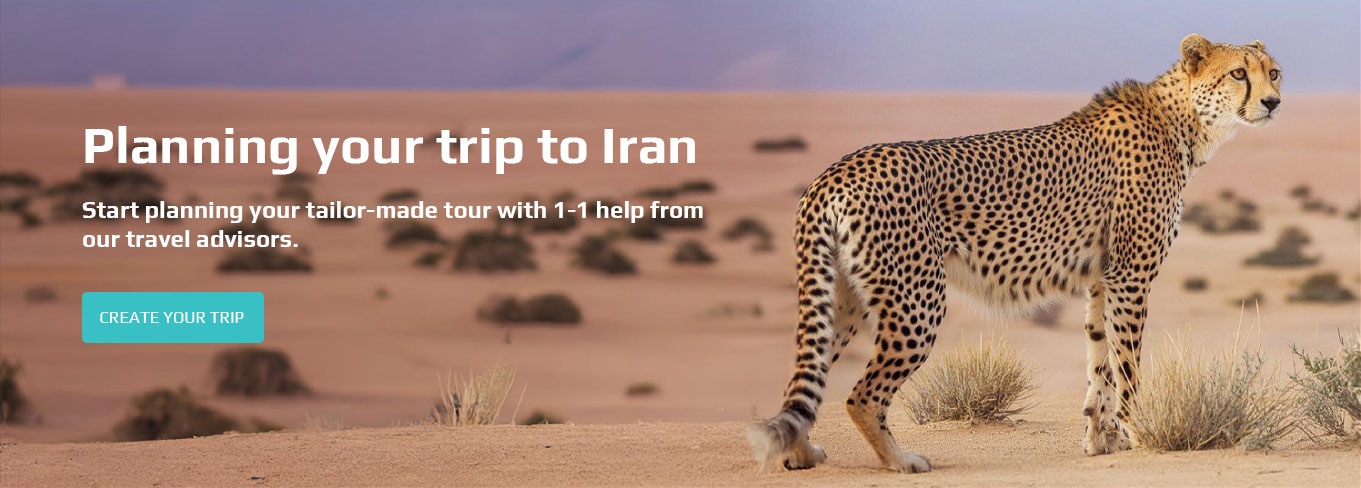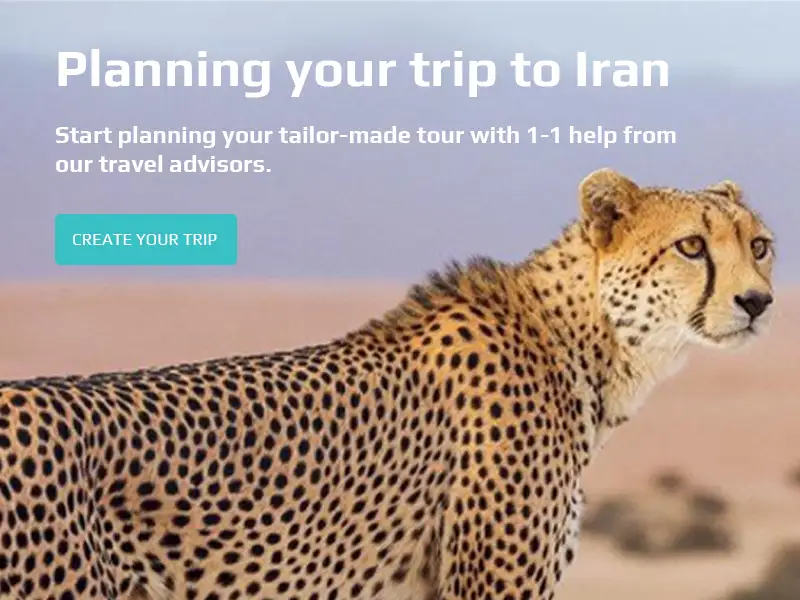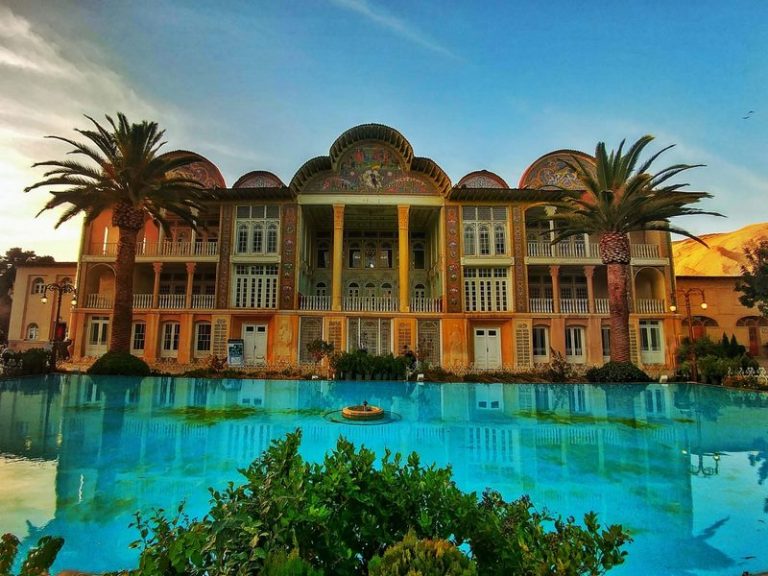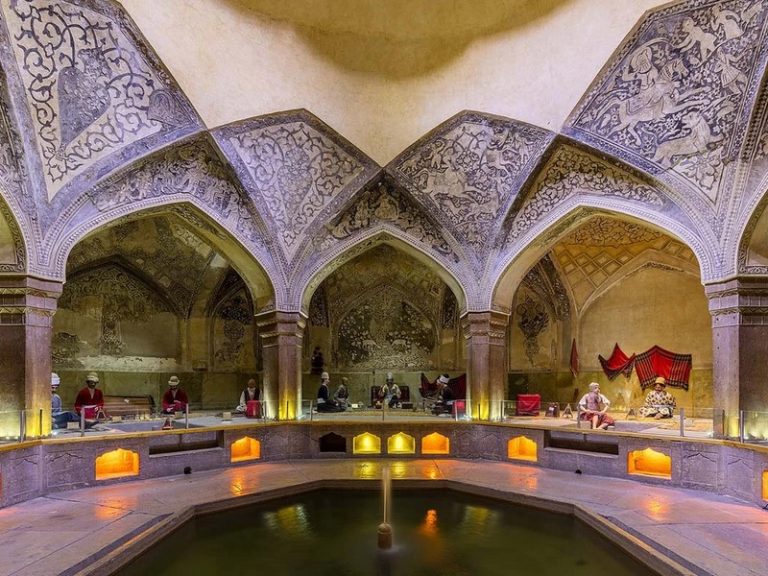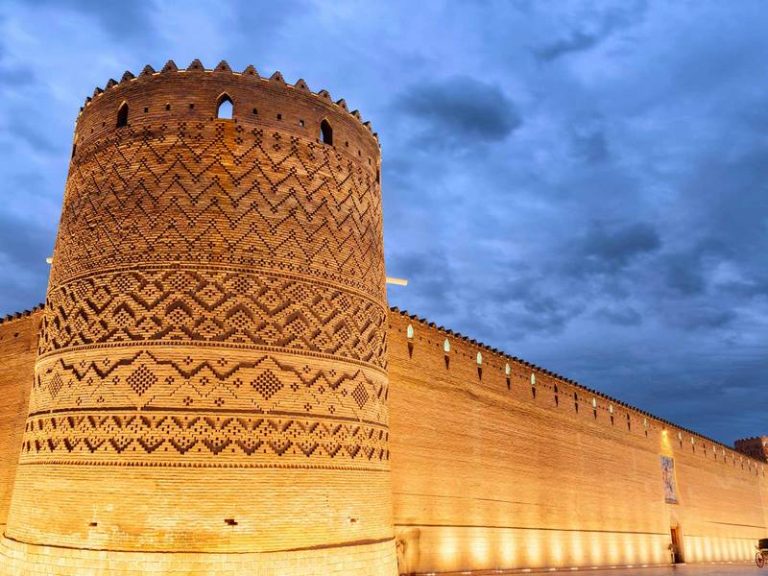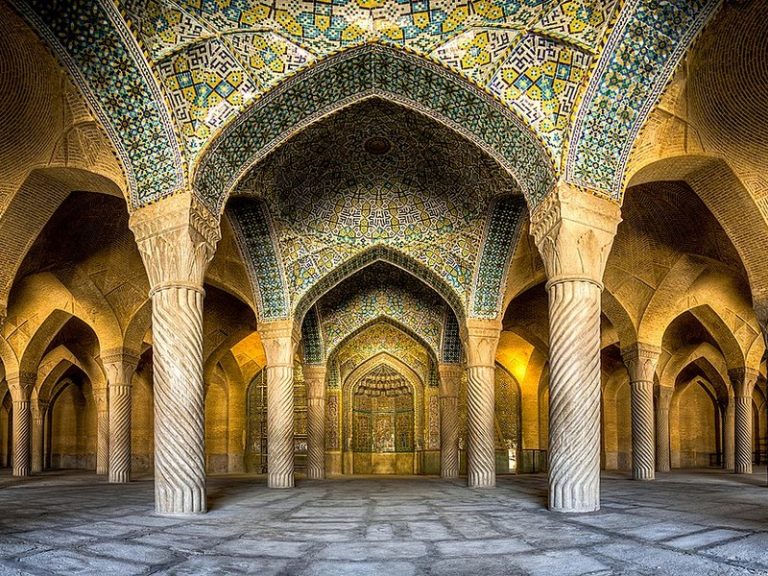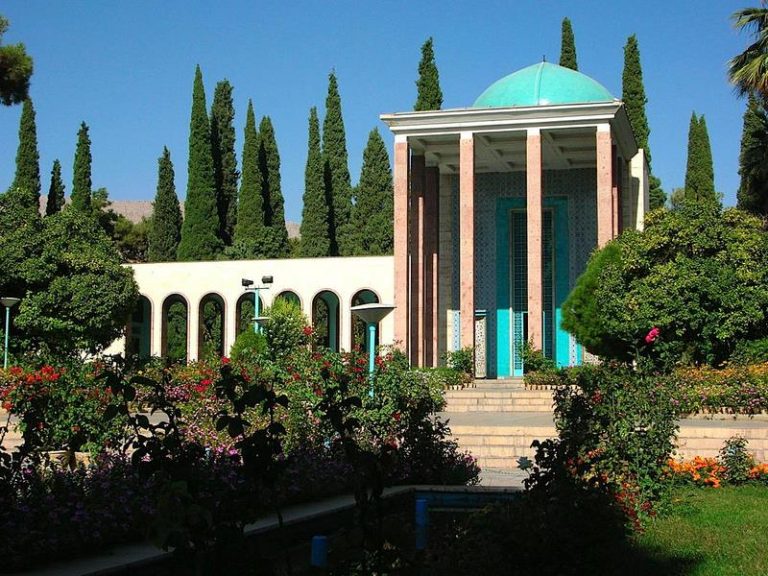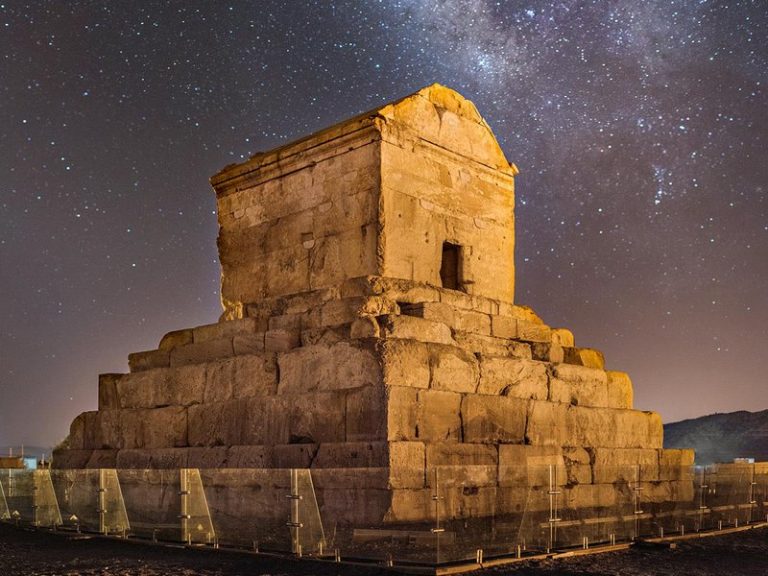Welcome to Kashan, nestled in the scenic northern region of Isfahan province, hugged by the slopes of Karkas Mountain and the expansive Natanz and Kavir deserts.Discover Tehran, Iran’s vibrant capital, nestled amidst the stunning Alborz mountain range, boasting altitudes from 900 to 1800 meters above sea level.
Tehran’s climate is uniquely influenced by its geography, featuring cold and arid conditions in the north and warm, arid climates in the south. This diversity adds to the city’s charm.
From the historic Azadi Square to the contemporary Milad Tower, Tehran seamlessly merges tradition with modernity, establishing itself as a leading center for government, politics, economy, and culture in Iran.
As one of the world’s largest metropolises, Tehran offers a rich tapestry of history and captivating landscapes, including the towering Damavand, Iran’s highest volcanic peak.
Kashan, a city renowned for its historical significance and architectural marvels, is easily accessible through various means of transportation.
- By Road: Kashan is well-connected by road, with highways linking it to major cities such as Tehran, Isfahan, and Yazd. Travelers can opt for private cars, buses, or shared taxis for a comfortable journey to Kashan.
- By Train: Kashan is also accessible by train, with the city being served by the national railway network. Trains provide a convenient and scenic way to reach Kashan from other parts of Iran.
- Public Transport: Within Kashan, visitors can rely on local buses, taxis, and rideshare services to navigate the city and explore its attractions with ease.
Surrounded by the deserts, Kashan experiences a warm climate throughout much of the year.
Even during the cooler months, visitors to Tehran should remember to pack appropriately, as winter often brings bright, sunny days.
Peak-Season: New Year Holidays also known as “Norooz” (Approximately from March 15th to
April 2nd) – Rose Watering Season “Golab Giri” (According to the climate patterns from Late April to Late May)
High-season: Spring and early autumn (Late February to June, September to November)
Low-season: Winter (December to Early February

